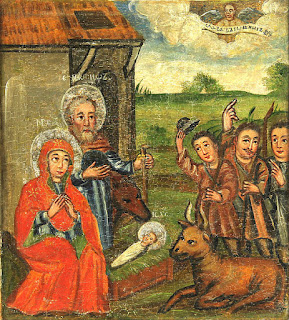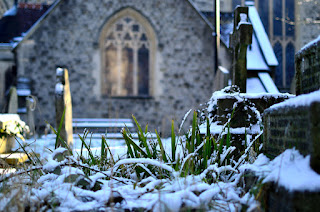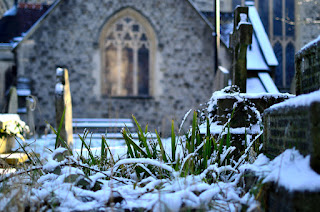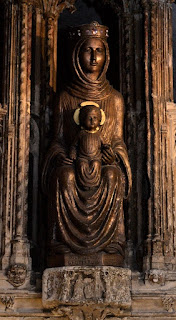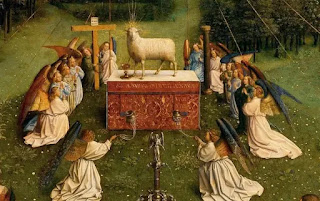Beholding the Christ Child in the Proto-Martyr: a homily for Saint Stephen's Day

Beholding the Christ Child in the Proto-Martyr At the early Eucharist on Saint Stephen's Day, 2021 Acts 7:51-60 Yesterday we were gazing upon the Christ Child in the Manger and hearing the song of the angels. Today, Saint Stephen’s Day, our readings set before us something that seems dramatically different - the death of the first Christian martyr. It seems all very unseasonable, unfestive. Why can we not continue at the Manger, gazing upon the Christ Child? Why, on the very day after Christmas Day, are we brought to an event decades later? Not to a birth, but to a death. Not to the warmth of the Manger and a Mother’s love, but to the cruelty of a mob and a bitter death. Does the Church’s decision to commemorate Saint Stephen the Martyr on 26th December not distract us from the celebration of the Lord’s Nativity? Would Saint Stephen’s Day not best be placed at some other, more appropriate time of the year? Then we could continue at the Manger, gazing upon the Chr...
